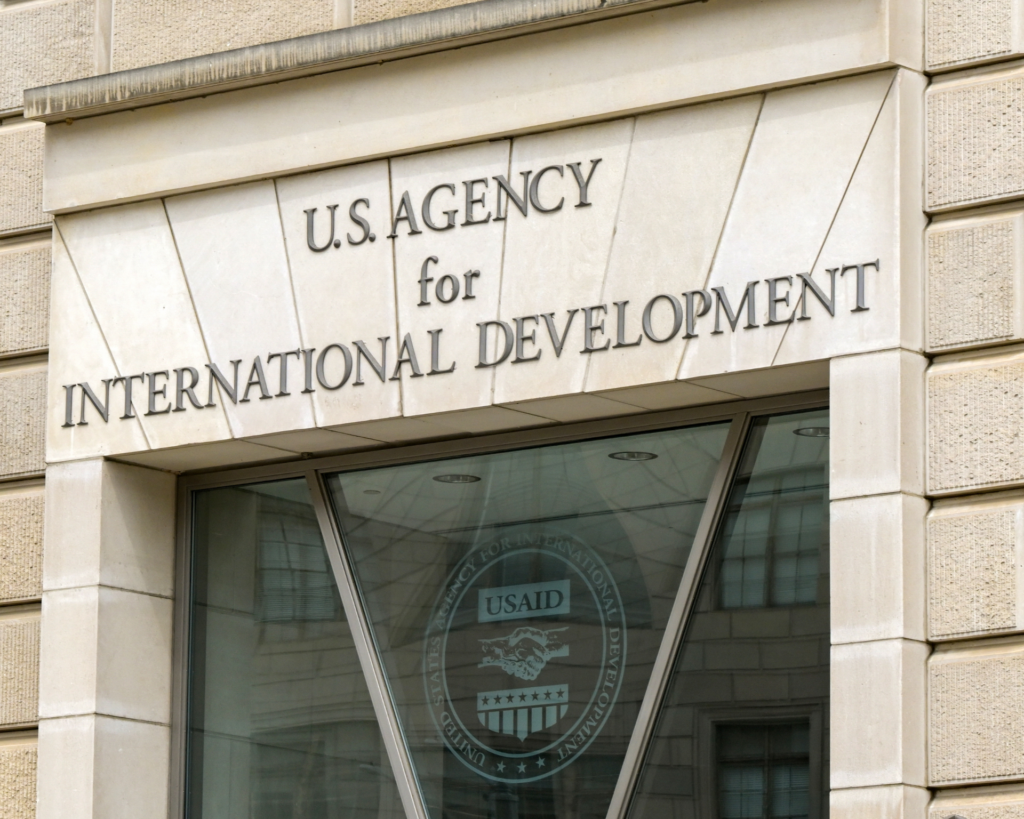Paying for Public Art
Who should be responsible for the cost of public art and how? Local, state, and national public health departments can embrace the importance of public art.

Read Time: 5 minutes
Published:
Recently I wrote about the public health benefits that public art brings. Today I tackle the question of who should be responsible for public art funding and how?
Public art is funded in a wide variety of ways. Government (local, state, and federal) accounts for a significant portion of funding for public art that is commissioned during development – that is, attached to the construction or refurbishment of buildings and spaces. Much of this funding is distributed through “Percent-for-Art” programs, of which there are hundreds at the state and municipal levels.
As the name implies, these programs set aside a percentage – typically between 0.5% and 2% – of the funding committed to a development project for the creation of public art linked to that project. For instance, a newly constructed park might include the commission and installation of a sculpture within it, or a renovated subway station might include a mural depicting local scenes. The cost of this public art is built into the construction budget for the linked project, and, typically, contracts are awarded only to proposals which include the required public art initiative. The primary exception to public art construction under Percent-for-Art programs is an alternative donation to a state or municipality’s public art fund.
While most Percent-for-Art programs distribute government funds, some programs mandate their requisite percentages come from private developers when building in a Percent-for-Art zone. This hybrid scenario, where public mandate directs private funding for public art, has faced some difficulties. For instance, an ongoing case in the California Federal District Court challenges the constitutionality of requiring private entities to pay for public art in Oakland, California. The plaintiffs contend that public art is public speech and thus should be free from mandate by government under the First Amendment. The case further argues that requiring private companies to fund public art essentially seizes private property for public use without compensation, a violation of the Fifth Amendment. The implications of this case could be significant for other communities which join private and public funding in Percent-for-Art programs, but it has not yet been settled.
Outside of Percent-for-Art programs, nonprofit art organizations are the major contributors to the creation and maintenance of public art, often art which is added to existing places and spaces rather than art commissioned during development. Government funding makes up a small portion (9%) of the typical nonprofit art organization’s budget, but the bulk of funding for such organizations comes from their own fundraising efforts (60%) and contributions of individuals (24%). Thus, nonprofit art organizations present a private, although generally civic-minded, alternative funding stream for public art.
…as the public health benefits of public art are further illuminated, it is appropriate and timely to consider whether health entities could or should fund public art.
The independent status of nonprofit arts organizations could be a valuable feature to reshape public art funding if restrictions such as those under debate in Oakland reduce communities’ power to mandate public art spending. For instance, perhaps communities like Oakland could partner with nonprofit arts organizations to collect and administer public arts funds contributed by commercial construction projects as a means of distancing the directives of the municipal government from the creation of public art.
Government funding is crucial to the creation and maintenance of public art, through limited direct spending (such as funding the Smithsonian Institute Museums and the National Endowment for the Arts), Percent-for-Art programs, and grants to nonprofit art organizations. Non-arts government agencies, such as the U.S Department of Agriculture, also fund art to a much lesser extent, and this may be an area for growth and exploration for future public art funding. Specifically, as the public health benefits of public art are further illuminated, it is appropriate and timely to consider whether health entities could or should fund public art. Agencies such as the U.S. Department of Health and Human Services and state and local public health departments could provide significant and critical funding for public art, emphasizing the diverse and collaborative nature of public art support.
Not only does the importance of public art to public health suggest government public health agencies could appropriately invest in public art, it also opens up the possibility of extending the generally successful Percent-for-Art concept beyond the building industry. If public art is a public health tool, why not institute Percent-for-Art programs regarding health spending? Could a small percentage of spending on pharmaceutical marketing be dedicated to public health? Could income from cigarette taxes or possible future e-cigarette or recreational marijuana taxes be dedicated to prevention at the population level through public art?
Current public art funding suggests incorporating public art development into large-scale spending at the local level is a realistic and beneficial mechanism. Local, state, and national public health departments can embrace the importance of public art and integrate its sustained funding into their existing public health budgets.
Feature image: SOS (Safety Orange Swimmers) Photo © A+J Art+Design. SOS (Safety Orange Swimmers) consists of a group of 22 brightly painted foam figures that floated in Boston’s Fort Point Channel for two months in 2016. The Swimmers relate the Channel to the seas crossed by those in search of shelter, freedom, prosperity and safety, and invoke Boston’s long history of welcoming immigrants. Each figure represents nearly 1 million of the United Nations High Commissioner for Refugees’ estimated 21.3 million refugees in the world today. SOS (Safety Orange Swimmers) was selected for Fort Point Arts Community (FPAC) Floating Public Art program in 2016, a collaboration between FPAC and Friends of Fort Point Channel on temporary floating public art in the Fort Point Channel. The project was funded by Friends of Fort Point Channel and the Fort Point Channel Operations Board.



